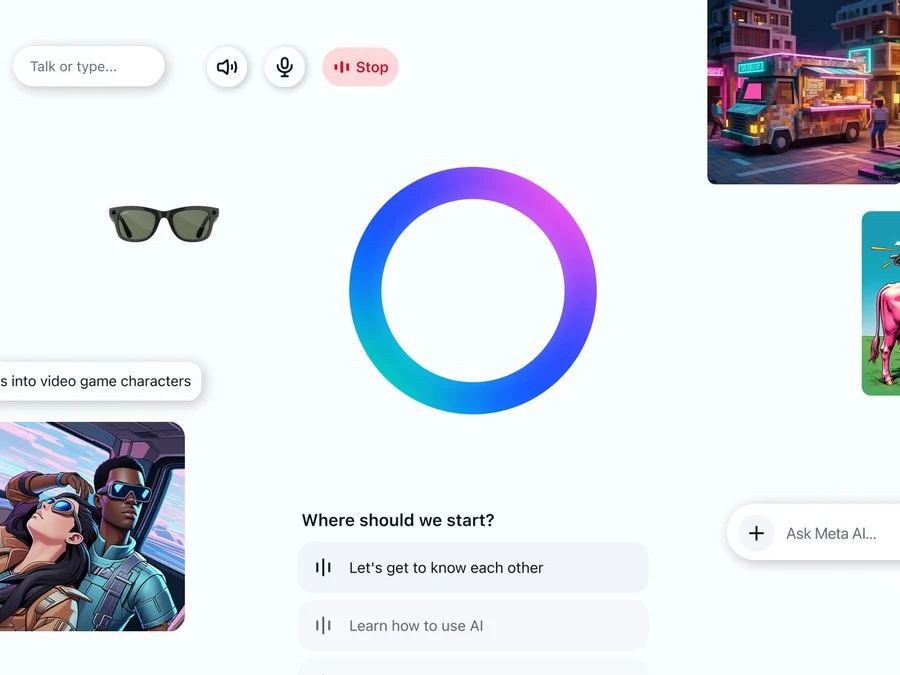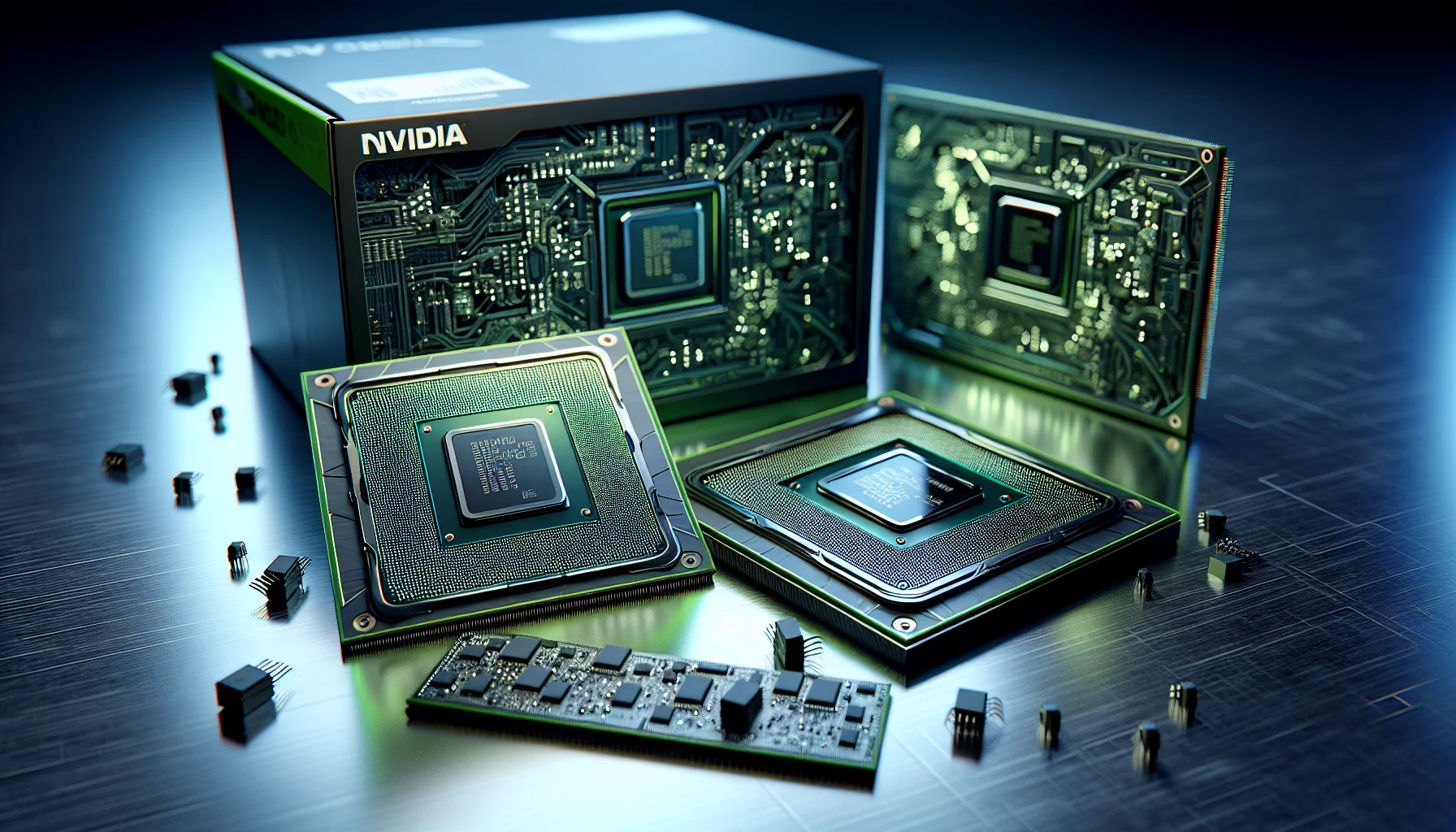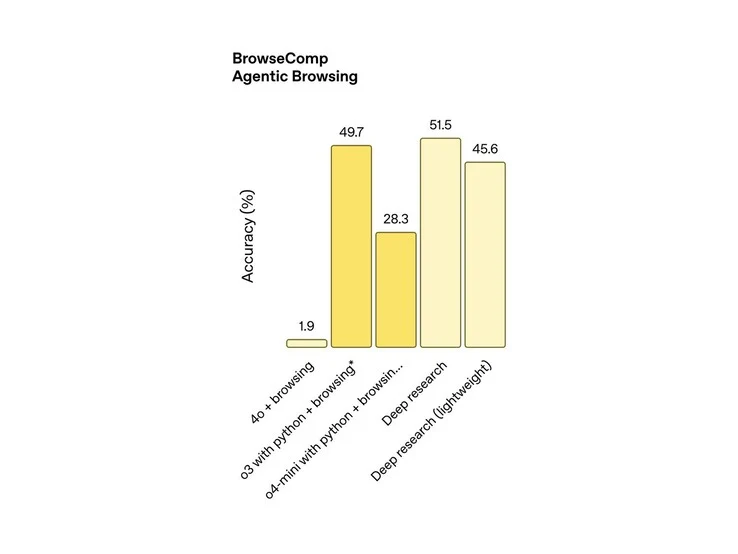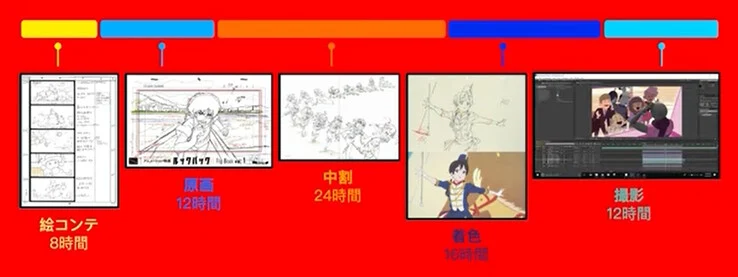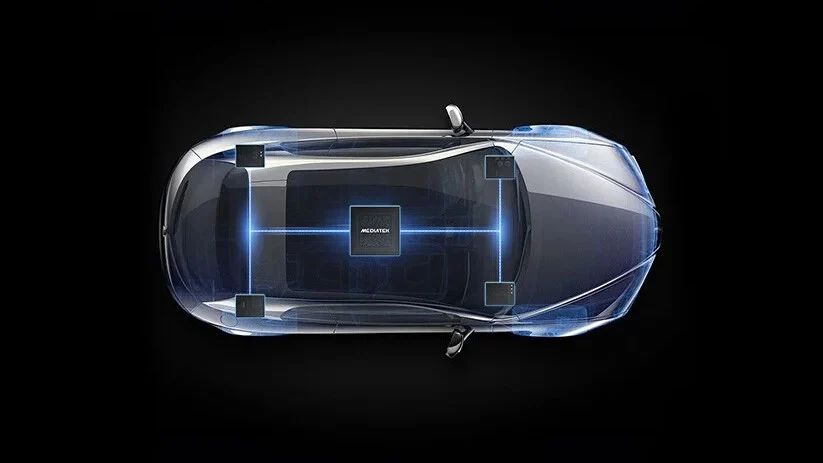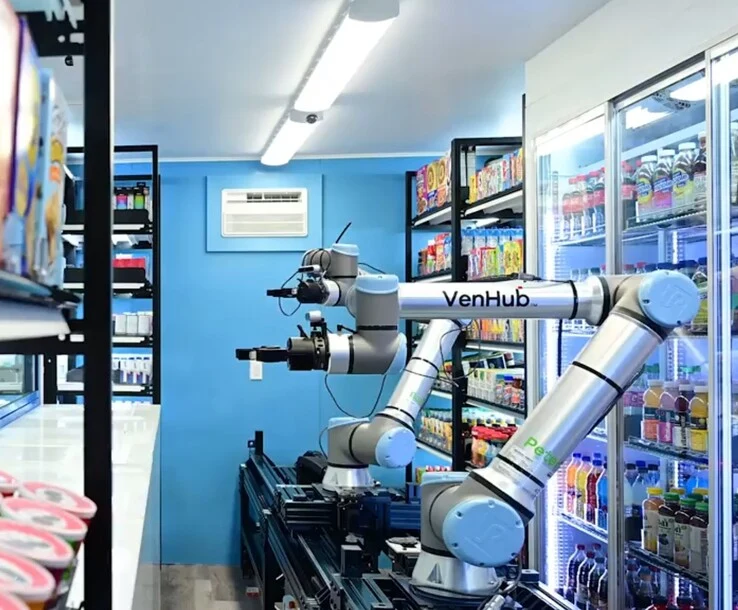Key Takeaways
1. Meta AI is now available as a standalone app for Android and iOS, expanding the market for independent AI assistants.
2. The app offers features similar to other AI assistants, including chatting, research, and generating summaries, powered by the Llama 4 AI model.
3. Meta AI has advanced memory functions, allowing it to remember past chats for a more personalized experience, currently available only in Canada and the US.
4. The app includes an experimental “Full-Duplex” mode for continuous conversations, being tested in Australia, Canada, New Zealand, and the US.
5. Meta AI can personalize user interactions by pulling information from social media profiles and offers creative capabilities like image creation and a Discover feed for sharing prompts.
Meta is putting more and more money into artificial intelligence. The firm has developed the Llama series of AI models and its chatbot named Meta AI. Until now, this chatbot was only accessible through the company’s messaging and social apps. However, Meta AI is now also available as a separate application for both Android and iOS users.
Growing AI Assistant Landscape
The launch of the Meta AI app means that the market for independent AI-powered smartphone assistants is getting bigger. Zuckerberg’s team revealed their plans for a standalone app back in February 2024. Over a year later, you can find it on both the Google Play Store and the App Store for download.
Features You Might Know
If you have tried out other smartphone AI assistants, you’ll probably find Meta AI’s features quite similar. You can interact with it by asking questions, chatting, conducting research, and generating summaries, among other things. This app, driven by the Llama 4 AI model, aims to provide a conversational experience, which the company describes as a “more personal AI.”
Enhanced Memory Functions
Meta AI comes with fairly advanced memory features. It can remember past chats and their context, allowing for a more customized interaction. However, these capabilities are currently available only in Canada and the US for the time being.
Experimental Features
Additionally, Meta AI has introduced a “Full-Duplex” mode as part of its strategy to create a continuous conversational experience similar to Gemini Live. This mode is still being tested and is limited to four countries: Australia, Canada, New Zealand, and the US.
Unique Advantages
For users of Meta’s social media platforms, Meta AI has an edge over other AI assistants. It can pull information from your social media profiles to create a more personalized experience. This means the chatbot learns about your interests, hobbies, and the kinds of content you enjoy.
Creative Capabilities
Just like other AI assistants, the Meta AI app can create images and modify existing ones based on user prompts. Finally, a distinctive feature of this platform is the Discover feed, which allows users to share their AI prompts with others, integrating the social element of Meta’s services into the AI experience.

